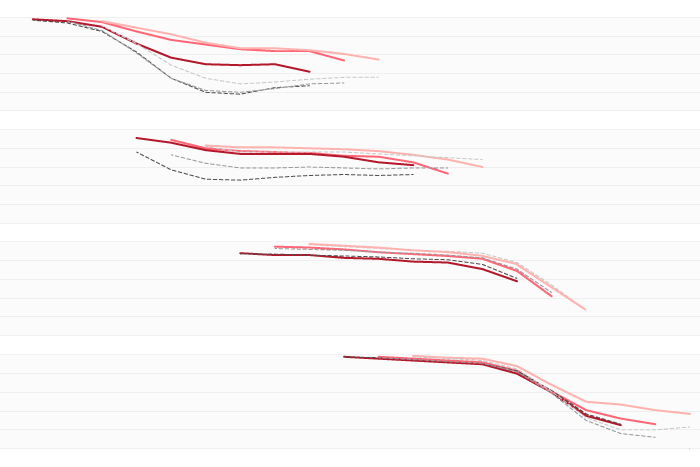Winter was warm and dry for the contiguous U.S.; seasonal snowfall was below average across the Northern Plains and Upper Midwest.
After racing around the pole for the last several months, the polar vortex is ready for a break. Will this break be temporary, or is it done for the season? Read on to find out.
The March outlook favors a La Niña-like precipitation pattern and mild temperatures across much of the country.

A new paper looked at 20 years work of real-time ENSO Model forecasts and found some interesting patterns. Did you know models found it pretty freaking hard to predict the onset of La Nina events?
The troposphere, not the stratosphere, can be thanked for the cold weather this week.
Weak La Niña conditions continued in January, but a transition to ENSO-neutral in the near future is likely.
January 2025 was the coldest January since 1988 and sixth driest on record for the nation.
La Niña's fingerprints are on the February climate outlook for the United States, but what other factors are at play?
There is a lot more to the polar vortex than disrupted winds and increased odds for cold weather.
Why no one should expect a perfect match between what happens during a La Niña winter and the expected La Niña pattern. But knowing whether it may be a El Niño or La Niña winter is still useful!